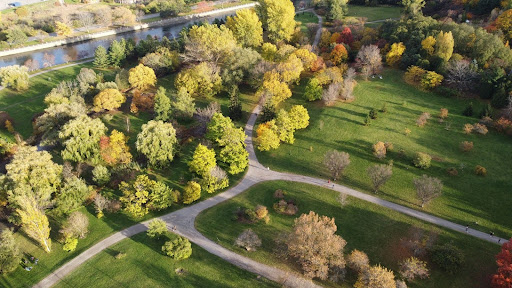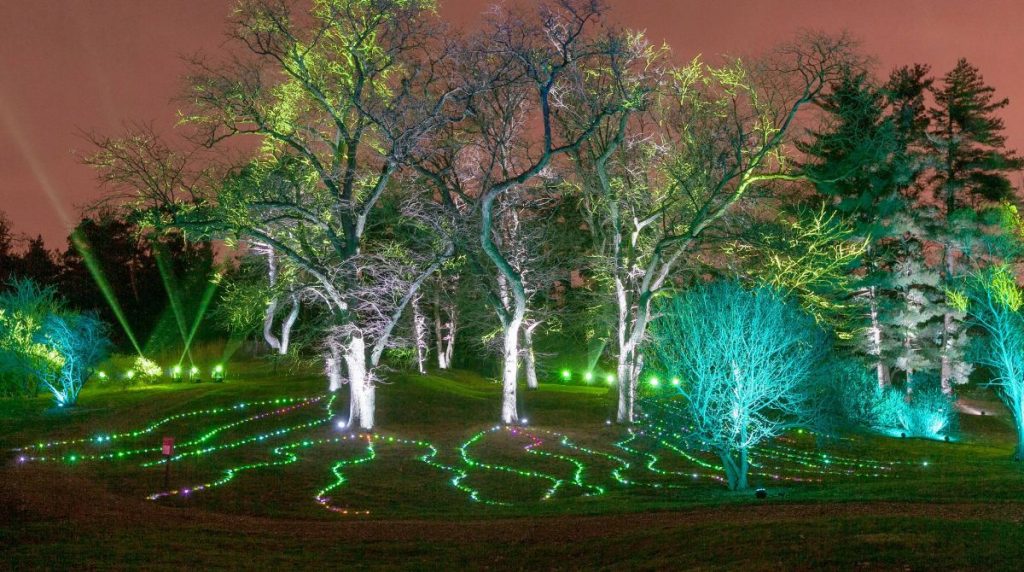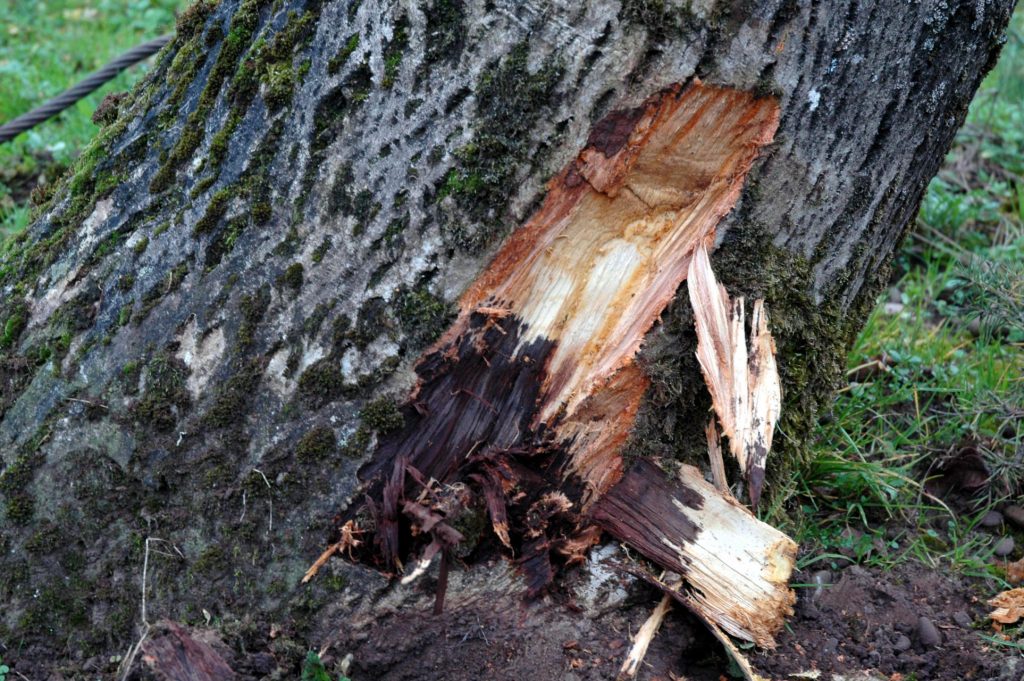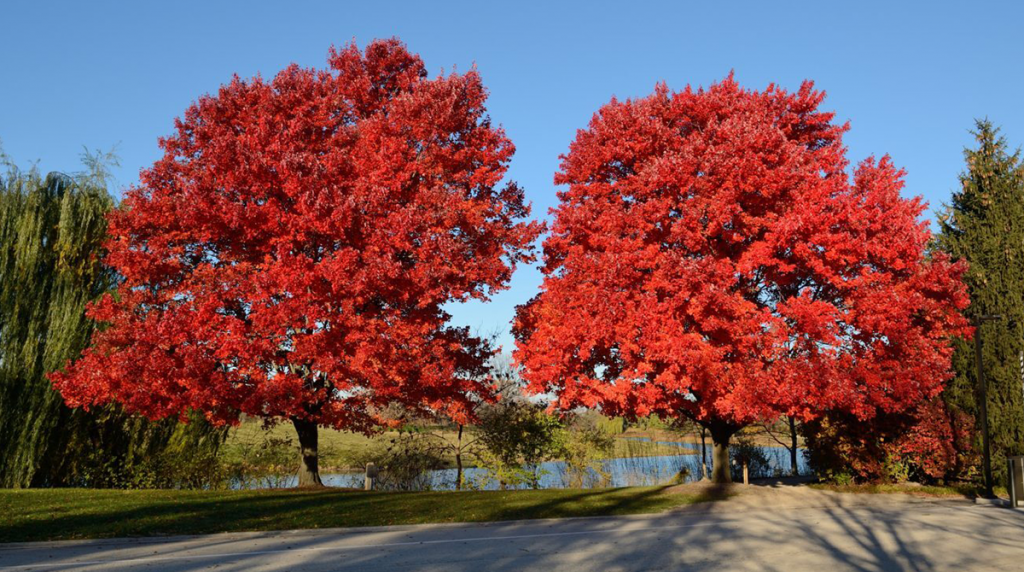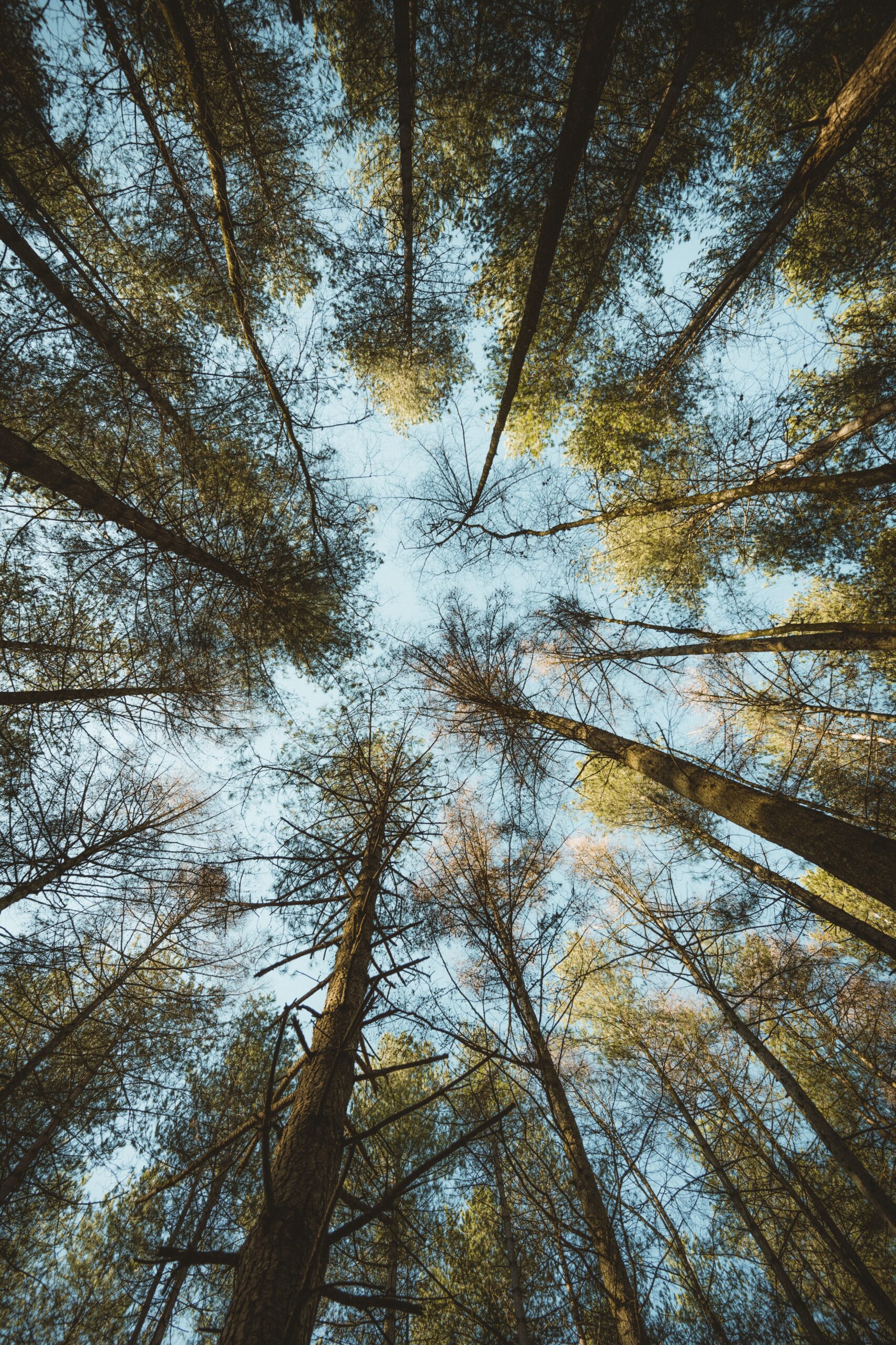
TreeNewal: The Vital Role of Trees in Mitigating Climate Change
Date September 15, 2023
Introduction
In the face of escalating climate change, we’re in search of solutions that are not only effective but also sustainable. The earth’s temperature continues to rise, glaciers are melting, and weather patterns are becoming increasingly unpredictable. Amidst this chaotic scenario, one solution stands tall and green: trees. These natural wonders, often taken for granted, play an indispensable role in combating the adverse effects of climate change. TreeNewal is committed to protecting the environment and, we’re firm believers in the many benefits of trees.
The Science of Trees and Carbon Sequestration
- How trees absorb CO2 during photosynthesis: Trees, like all green plants, engage in a process called photosynthesis. Through this, they take in carbon dioxide (CO2) – one of the main culprits behind global warming. Using sunlight, they convert this CO2 and water into glucose, a form of sugar. In doing so, they release oxygen back into the atmosphere, providing us with the air we breathe.
- Carbon storage in trees and forests: It’s not just about what trees take in; it’s also about what they store. Trees act as carbon sinks, storing the carbon content of the CO2 they absorb in their biomass – their trunks, branches, leaves, and roots. This makes forests massive reservoirs of carbon storage. In fact, it’s estimated that the world’s forests store more carbon than is present in the atmosphere!
Forests as Climate Stabilizers
- Trees regulating local climates: Ever felt the respite of a tree’s shade on a hot day? That’s just a tiny glimpse of how trees impact local climates. By providing shade and releasing water vapor through transpiration, trees cool their surroundings. This is particularly crucial in urban areas, which often suffer from the “heat island” effect due to concrete and scarce vegetation.
- Role of forests in influencing global climate patterns: Forests don’t just operate on a local scale. On a global level, they influence rainfall patterns, humidity, and even wind patterns. Take the Amazon rainforest, for example – often dubbed the “Earth’s lungs.” It not only produces 20% of the world’s oxygen but also plays a pivotal role in driving the weather systems of the entire western hemisphere.
Biodiversity and Trees
- Forests as habitats: Beyond their climate combatting capabilities, forests are teeming ecosystems bustling with life. From the tiniest insects to the majestic tigers, a myriad of species call forests their home. These biodiverse habitats are intricate networks where every creature plays a specific role, helping maintain ecological balance.
- Importance of biodiversity in climate resilience: A diverse forest is a resilient forest. When faced with threats, be it pests, diseases, or changing climatic conditions, biodiversity ensures that the forest ecosystem can adapt, survive, and thrive. For instance, if a specific tree species in a diverse forest succumbs to a pest, other species remain, ensuring that the forest continues its vital role in carbon sequestration and climate stabilization.
In conclusion, as the threats of climate change loom larger, it’s essential to recognize and harness the potent power of trees and forests. By understanding their pivotal role, we can advocate for better forest conservation and reforestation efforts, ensuring a greener and cooler future for all.
Deforestation and Climate Change
Deforestation has become one of the most pressing environmental issues today. With industries expanding and populations growing, forests are being cut down at an alarming rate.
- Statistics on global deforestation rates:
-Approximately 18.7 million acres of forests are lost annually, equivalent to 27 soccer fields every minute.
-Deforestation accounts for about 10-15% of the world’s greenhouse gas emissions. - Impacts on greenhouse gas emissions:
-Forests act as carbon sinks, absorbing more carbon dioxide than they emit.
-When trees are cut down, they release the carbon they’ve stored back into the atmosphere, increasing the amount of greenhouse gases.
Reforestation and Afforestation
These are two key terms that often come up in discussions about combating deforestation.
- Definitions and differences:
-Reforestation: The act of planting trees in areas where they were cut down.
-Afforestation: The process of planting trees in areas that have never been forested. - Benefits of planting new forests:
-Enhance biodiversity, providing habitats for a myriad of species.
-Mitigate climate change by absorbing large amounts of CO2.
-Prevent soil erosion and maintain water cycles.
Urban Forests and Green Spaces
Cities have seen rapid growth, and with that comes the challenge of maintaining green spaces.
- Importance of trees in urban environments:
- Trees combat the urban heat island effect, cooling down cities.
- Act as natural air purifiers, absorbing pollutants.Benefits for local climates and communities:
- Benefits for local climates and communities:
- Improved air quality, leading to reduced health risks.
- Green spaces provide recreational areas, improving mental well-being.
Global Initiatives and Success Stories
Many global initiatives have recognized the importance of trees in climate change.
Notable initiatives:
- The Bonn Challenge: A global effort to bring 150 million hectares of the world’s deforested and degraded land into restoration by 2020 and 350 million hectares by 2030.
- Successful reforestation projects:
- China’s conversion of degraded lands into forests, accounting for 25% of the global net increase in leaf area over the past two decades.
- Costa Rica’s national reforestation efforts, which reversed one of the world’s highest deforestation rates.
Conclusion
Our planet is at a crucial juncture. The urgency to act against climate change has never been more palpable. Trees and forests are more than just passive bystanders in this battle; they are potent weapons in our arsenal. By championing sustainable practices, focusing on reforestation, and prioritizing forest conservation, we can ensure a harmonious, green future for generations to come.
FAQs
- How much CO2 can a tree absorb in a year?
On average, a mature tree can absorb about 48 pounds of CO2 a year. - What is the difference between reforestation and afforestation?
Reforestation is the replanting of trees in deforested areas, while afforestation is planting trees in areas that have never been forested. - How does deforestation contribute to global warming?
Deforestation releases stored carbon in trees into the atmosphere, increasing greenhouse gas concentrations. - Which countries have the most extensive forest cover?
Russia, Brazil, and Canada have the largest forest areas, collectively accounting for more than half of the world’s primary forest.
Trees are nature’s solution to combating the escalating threats of climate change. From vast forests acting as carbon sinks to urban green spaces mitigating heat islands, the connection between trees and our planet’s well-being is undeniable. If you’re in the Dallas and Fort Worth Metroplex and are inspired to make a difference, turn to TreeNewal. With expertise since 2017, they’re committed to fostering a greener future. Let’s champion the cause of Trees and Climate Change together. Connect with TreeNewal and be part of the solution!

